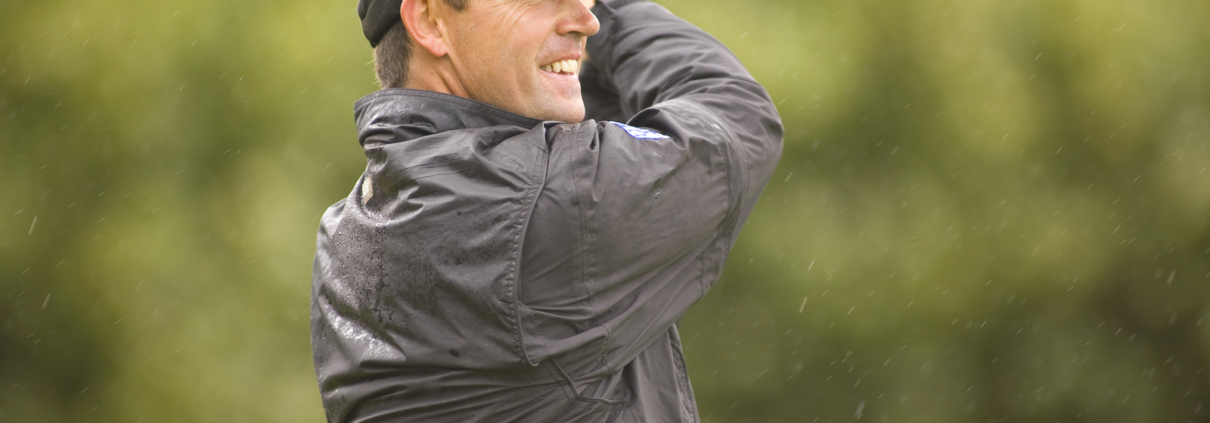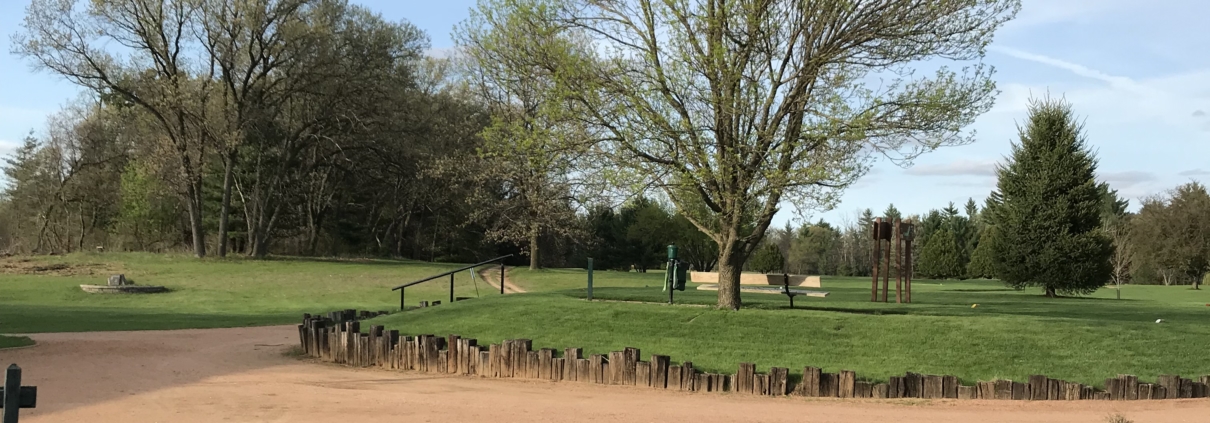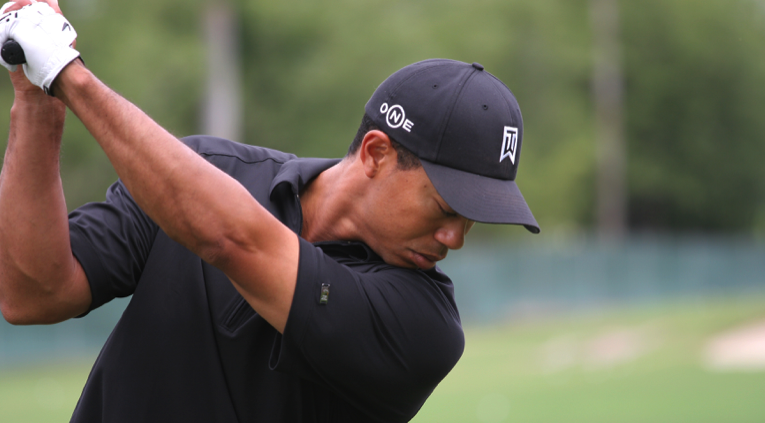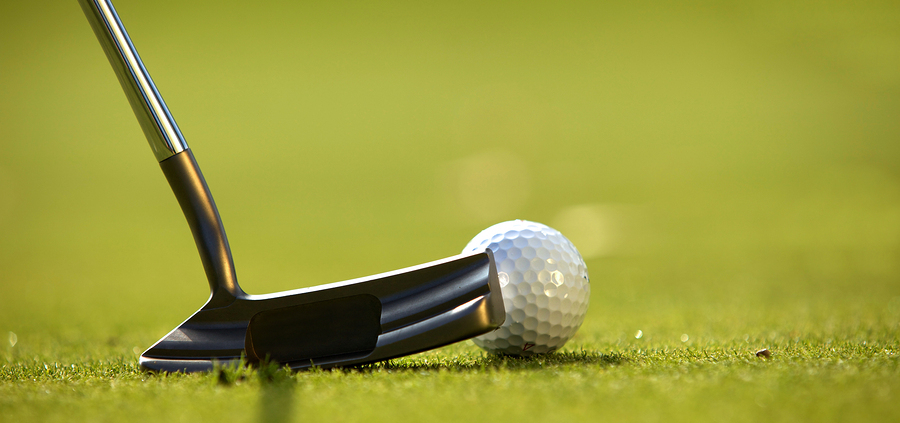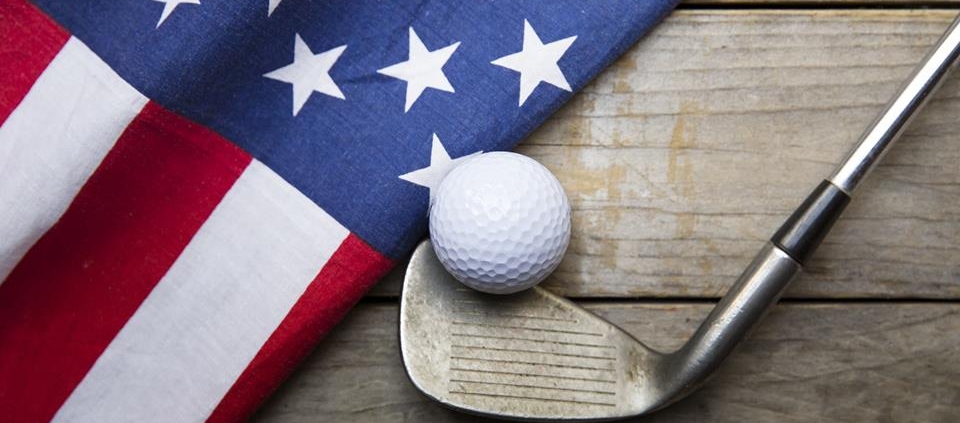On his first day of retirement, John Peterson drove an hour and a half from The Greenbrier to Roanoke, Va., flew to New York City, waited out a three-hour delay at LaGuardia, stomached some greasy airport food, tried to soothe his howling 8-month-old son on the entire flight home to Fort Worth (while apologizing to every passenger within earshot) and then stood around for more than an hour to get his luggage and golf travel bag, which, come to think of it, he probably won’t need for a while.
“That’s about the worst part of the whole deal,” he said by phone Tuesday. “I was in a bad mood the entire day.”
Traveling and being away from his young family is the biggest reason why Peterson – 29 years old and in the prime of his career – is choosing to walk away from the PGA Tour, after he failed, in excruciating fashion, to earn the necessary FedExCup points to keep conditional status.
The past few years have been stressful for the free-spirited Peterson – his house flooded and his wrist ached, his desire waned and his family expanded – and so was the final day of his season. The Tour had sent him a message in March, detailing the various checkpoints to secure his status for the rest of the season, or perhaps even a full card for 2019. Peterson admittedly didn’t pay close enough attention to the figures, because he operated the past few months with the wrong information.
The Greenbrier was the final start of his major medical extension, which dated to his recovery from wrist surgery in 2016. He thought he needed $60,000 for conditional status; in reality, he had to earn 55.33 FedExCup points, or the equivalent of a six-way tie for 13th.
“I really wanted to give it everything I had last week,” he said. “I totally expected to do it.”
And yet many wondered: Did he actually want to do it?
All year the 2011 NCAA champion had been torn between two career paths. Because of his status, he usually played only one tournament a month, leaving plenty of time for him to make inroads in his next career, in real estate and business development. Then, a week or two before his next scheduled start, he’d return to the range and try to sharpen his game, usually with uninspiring results.
“It definitely was awkward,” he said, “because I’ve had to make plans for both.”
His best result this season was a tie for 43rd at the Wells Fargo Championship, where he held the first-round lead and stunned reporters with his honesty. About how he didn’t need golf to be happy. How he wasn’t cut out for Tour life. How he had no regrets.
Freewheeling, he still didn’t play well enough to prolong his season. And so, with his career seemingly coming to an end, his family gathered last week in the mountains of West Virginia.
“Starting on Tuesday, I had never felt so much pressure in my entire life,” he said. “That’s the opposite of how I thought I’d feel. I really wasn’t worried about it. I did everything I could and prepared like I was going there to win. But I’d never really felt pressure like that before in my life. Maybe it was because my whole family was there, or probably because it’s my last one unless I played great. But I was just in a different spot mentally.
“I probably needed to feel it more often, because it seemed to work for my game. Throughout my career, whenever I had to play good, I always did. Maybe I should have stopped dilly-dallying in the middle of the season years ago. I took it for granted, I guess. But when my back is against the wall, I’ve always played pretty well.”
Battling to make the cut last Friday, he double-bogeyed his 17th hole to fall one off the projected number. “Gotta make birdie here or this is all she wrote,” he told his brother-in-law/temporary caddie, Brice Wells. On The Old White TPC’s ninth hole, Peterson piped his drive, wedged to 7 feet and hearted the birdie putt to play the weekend.
“Screw it,” he said. “Might as well do the whole thing now.”
Believing that he needed a top-25 finish to earn conditional status, he sat in a tie for 38th after a Saturday 68.
“I was all business Sunday, more than I ever have been,” he said. “Usually when I’m 35th or something going into the day, it’s just like la-di-da. But that day, I woke up and I said, ‘I’m doing this. I’m not going to half-ass a single shot.’”
And he didn’t. Peterson made five birdies in the first 12 holes, and when he glanced at the leaderboard on 16, he saw that he was in 22nd place. He thought he was safe. He hit “the best 3-wood of my life” on 17, a 290-yard missile to set up another birdie, then sank a 6-footer for par on the final green to shoot 66 and post 9 under, in a tie for 13th place – his best finish on Tour in 16 months.
“Hell of a job, dude,” Peterson’s playing partner, Roberto Diaz, told him. “See you in a couple of weeks.”
“I thought that I’d done it, no problem, even gave a fist pump,” Peterson said. “And then they get into the tent and said, ‘It’s going to be close.’ They told me what I really needed. It just sucked.”
Monitoring the standings in the clubhouse, Peterson could only watch as Keegan Bradley and Bubba Watson both drained putts from outside 15 feet on the final hole to join the logjam in 13th place.
Peterson would have secured conditional status with a six-way tie for 13th, but not eight. He missed by 0.58 FedExCup points – or a single shot over the course of a season.
Two days later, he was still miffed by the final result.
“I looked on the FedExCup standings from last year, and they don’t even show decimal points,” Peterson said. “How they figure I miss by half a point is ridiculous to me. It’s just a bad way to end it.
“Half a point will never define that day at all for me. In my mind, I did what I had to do and doubled it.”
Even with the sour ending, The Greenbrier was one of the most satisfying tournaments of his seven-year career. It wasn’t just the clutch shots he summoned under pressure; it was the reaction from his peers that was most heartening. Veterans from Charles Howell III to Sam Saunders to Kevin Na stopped him and told him, “Dude, you’re way too good to not be out here.”
“I’ve never cared about what anybody else thought,” Peterson said, “and some guys maybe admire that. Because from the outside perspective, it looks like I’m throwing away all of this – the cool spots and the courtesy cars and the millions of dollars. But if you’ve played the Tour at all, you know how hard it is, and you know what a rough lifestyle it can be, especially if you miss three or four cuts in a row.
“So it was cool to see the support, because I didn’t even know that anyone else cared if I was there or not. It almost seemed like some of them wanted me to make it more than I did.”
Peterson’s plans for the next few months are fluid. One of his best friends, Chris Powers, has built a real-estate empire in Fort Worth, and Peterson wanted in. He’s in the process of buying a duplex near the TCU campus, which he’ll then demo and rebuild into a bigger student-housing complex. He’s also eyeing a couple of other projects, including some ranching properties in west Texas.
Golf will continue to be a part of Peterson’s life, only differently. Over the past few months he’s had long chats with Charles Warren, who banked $5 million as a full-time Tour player from 2005-10 but quit in his prime to spend more time with his family. Warren still plays a lot of recreational golf but hasn’t once regretted his decision. Peterson needed to hear that.
One of the reasons he recently rediscovered his passion for the game is the spirited money matches at Shady Oaks. A few months ago, Peterson faced a thousand-dollar putt, a 7-footer on punched greens that he needed to start outside the hole. “And before the 18th green on Sunday,” he said, “the biggest amount of pressure I’d had was that putt at Shady Oaks.”
He holed both.
As much as Sunday felt like the end, Peterson hasn’t officially retired, at least not yet. He’s currently 184th in FedExCup points; if he remains in the top 200 through the end of the regular season (six events remain), then he’d “consider” playing the Web.com Finals, during which he could earn a full Tour card for next season.
“It’d be kind of stupid to not play those if you’re in them,” he said, “because if you get hot for a week, you’re back on the PGA Tour and I can play 20 events a year and shut it down.”
That, of course, would put him in the same predicament as this year, with the grind and the travel and the time away from family.
“If I did it, I’d play the most limited schedule,” he said. “I would do it just because I know I can still play. I may not like it as much as I used to, and I may not like the travel at all, but if I can still compete – which I proved to myself that I really can if I apply myself – then I’d stick it out for 20 events. That’s still more than half the year at home and to work on other projects. I’d be like Steve Stricker, only 20 years younger.”
And he readily admits: Had last week gone differently – had he whiffed the birdie putt to miss the cut on Friday, had he missed the 6-footer for par on Sunday to get oh-so close, had he not heard the demoralizing news in the scoring tent – he wouldn’t have even considered this plan.
“We’d be done,” he said. “And if it doesn’t go my way at Web Finals” – assuming he gets in at all – “then 100 percent, that’s it.”
But now …
Well, now, Peterson will keep track of the FedExCup to see where he stands and if he needs to start preparing. He knows he’ll probably finish right around the cutoff. Just as the Tour official told him in the scoring tent Sunday, it’s going to be close.
“Maybe this time,” he said with a chuckle, “that half-point swing is in my favor.”
Source: Golf Channel

